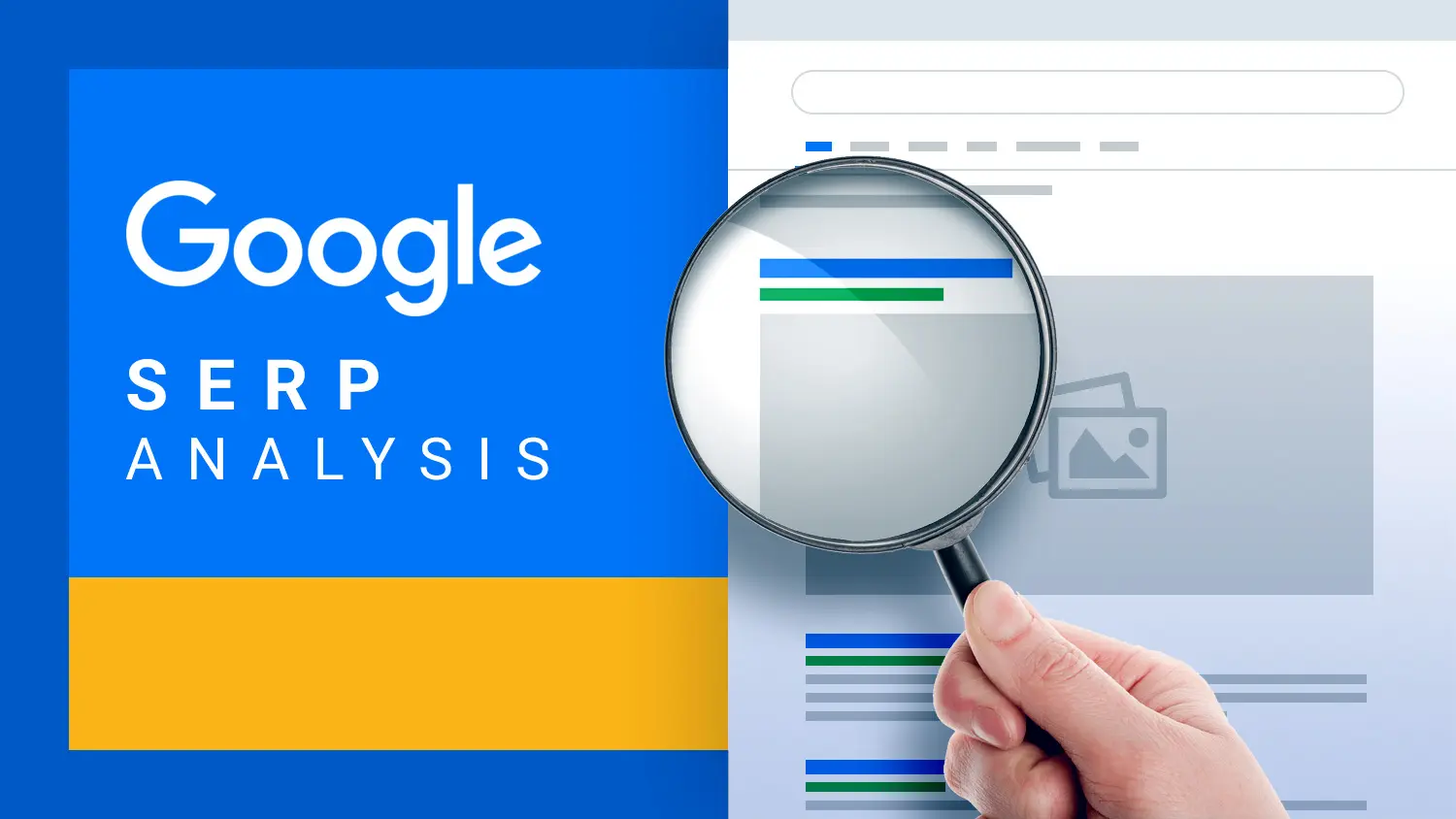Businesses constantly seek ways to enhance online visibility and outperform competitors in the ever-evolving digital landscape. Understanding the fundamentals of SERP (Search Engine Results Page) analysis is crucial for achieving these goals. This article explores how businesses can optimize their online presence by leveraging the knowledge gained from effective fundamentals of SERP analysis.
By examining the relationship between aesthetic design and search rankings, businesses can understand how their website and content impact their position on search engine results pages. Additionally, the article delves into the importance of user experience and its direct influence on search rankings.
By implementing effective SERP analysis techniques, businesses can establish a strong foothold in the digital ecosystem and enhance their online presence.
Key Takeaways
- SERP analysis is crucial for businesses aiming to optimize their online presence.
- Understanding SERP features and optimizing for them enhances website visibility and user experience.
- Key metrics such as organic click-through rate and average ranking position help businesses make data-driven decisions to improve online visibility.
- Utilizing effective tools for SERP analysis, such as keyword research tools and competitor analysis tools, aids in understanding search demand and gaining a competitive advantage.
Importance of SERP Analysis
In the realm of digital marketing, understanding the importance of SERP analysis is crucial for businesses aiming to optimize their online presence. SERP, or Search Engine Results Page, analysis involves analyzing the search engine results for a particular keyword or query. By examining the SERP, businesses can gain valuable insights into the performance of their website and the strategies of their competitors.
This analysis provides data-driven insights that can inform strategic decisions and help businesses stay ahead in the competitive online landscape.
SERP analysis allows businesses to understand their ranking position, identify opportunities for improvement, and optimize their website accordingly. It provides information on the types of content that rank well for specific keywords, the featured snippets that appear on the SERP, and the overall search intent of users.
Armed with this information, businesses can create targeted and relevant content, optimize their website structure, and improve their overall visibility in search engine results.

Understanding SERP Features
To gain a comprehensive understanding of search engine results pages (SERPs), it is essential to delve into the intricacies of SERP features and their impact on website visibility and user experience. SERP features are elements that appear alongside organic search results and provide additional information or functionality.
Here are three key aspects to consider when analyzing SERP features:
- Featured Snippets: These are concise summaries of information that appear at the top of SERPs, aiming to answer users’ queries directly. Optimizing content to be featured in snippets can significantly increase visibility and click-through rates.
- Knowledge Panels: These panels provide a snapshot of information about a specific entity, such as a person, organization, or place. Optimizing for knowledge panels can enhance brand visibility and credibility.
- Rich Results: These are enhanced search results that display additional information, such as images, reviews, and ratings. Optimizing content to appear in rich results can improve click-through rates and user engagement.
Understanding and leveraging these SERP features can help businesses optimize their website visibility and enhance the user experience, ultimately driving higher organic traffic and conversions.
Key Metrics for SERP Analysis
One crucial aspect of SERP analysis involves identifying and measuring key metrics that provide insights into search rankings and website performance. These metrics play a vital role in understanding how a website is performing in the search engine results pages (SERPs) and can help businesses make data-driven decisions to improve their online visibility and organic traffic.
One key metric is the organic click-through rate (CTR), which measures the percentage of users who click on a website’s organic listing in the SERPs. A high CTR indicates that the website’s title and meta description are compelling and relevant to users’ search queries.
Another important metric is the average ranking position, which shows where a website ranks for specific keywords. Monitoring changes in ranking position over time can help identify the impact of SEO efforts and track the effectiveness of optimization strategies.
Additionally, analyzing the number of organic impressions, bounce rate, and conversion rate can provide further insights into the performance of a website in the SERPs.
Tools for Effective SERP Analysis
Effective SERP analysis requires the utilization of reliable tools that provide comprehensive insights into search rankings and website performance. To ensure accurate and strategic analysis, here are three essential tools that can aid in SERP analysis:
- Keyword Research Tools: These tools allow you to identify relevant keywords and analyze their search volume, competition, and trends. By understanding the search demand for specific keywords, you can optimize your website’s content and meta tags accordingly.
- Rank Tracking Tools: These tools help monitor your website’s search rankings for targeted keywords over time. They provide valuable data on keyword performance, allowing you to identify opportunities for improvement and track the effectiveness of your SEO efforts.
- Competitor Analysis Tools: These tools enable you to analyze your competitors’ search rankings, backlinks, and overall online presence. By understanding your competitors’ strategies, you can identify areas where you can outperform them and gain a competitive advantage.
Strategies for Optimizing SERP Rankings
Implementing effective strategies is crucial for optimizing SERP rankings and improving website performance. In today’s competitive online landscape, it is essential to have a strong presence on search engine results pages (SERPs) to attract organic traffic and increase visibility.
To achieve higher rankings, it is important to focus on several key strategies. Firstly, conducting thorough keyword research to identify relevant and high-volume keywords can help optimize website content and improve search engine visibility.
Additionally, optimizing on-page elements such as meta tags, headings, and URL structure can enhance the relevance and visibility of web pages.
Building high-quality backlinks from reputable websites can also improve SERP rankings.
Finally, regularly monitoring and analyzing SERP performance using tools and analytics can provide insights for further optimization.
Frequently Asked Questions
How Does SERP Analysis Impact Website Design and Aesthetics?
SERP analysis impacts website design and aesthetics by providing valuable insights into user behavior and preferences. By analyzing the SERP, designers can optimize their websites to align with user expectations, improving both the functionality and visual appeal of the site.
What Are Some Common SERP Features to Look Out for During Analysis?
Some common SERP features to look out for during analysis include featured snippets, knowledge panels, local pack results, and related searches. These elements can provide valuable insights into user intent and help understanding on-page SEO Techniques.
How Can Businesses Measure the Success of Their SERP Analysis Efforts?
Businesses can measure the success of their SERP analysis efforts by tracking key performance indicators such as organic search traffic, click-through rates, and conversion rates. These metrics provide insights into the effectiveness of SEO strategies and overall search engine visibility.
Are There Any Free Tools Available for Conducting Effective SERP Analysis?
Yes, there are several free tools available for conducting effective SERP analysis. These tools provide valuable insights into search rankings, keyword performance, and competitor analysis, allowing businesses to optimize their online presence and improve search engine visibility.
What Are Some Advanced Strategies for Optimizing SERP Rankings?
Some advanced strategies for optimizing SERP rankings include conducting thorough keyword research, creating high-quality content that aligns with user intent, optimizing on-page elements such as title tags and meta descriptions, and building high-quality backlinks.
Conclusion
In conclusion, mastering the fundamentals of SERP analysis is essential for businesses aiming to enhance their online visibility. By understanding the relationship between aesthetic design and search rankings, businesses can optimize their website and content to improve their position on search engine results pages.
Additionally, considering user experience and implementing effective SERP analysis techniques can help businesses stay ahead of their competition in the ever-evolving digital landscape. By utilizing the right tools and strategies, businesses can successfully navigate the SERP landscape and optimize their online presence.
You may also like to read:
Basics of Residential Designer Window Installation

